Home>Interior Design>What Is A Smart Thermostat? And How One Could Save You Money
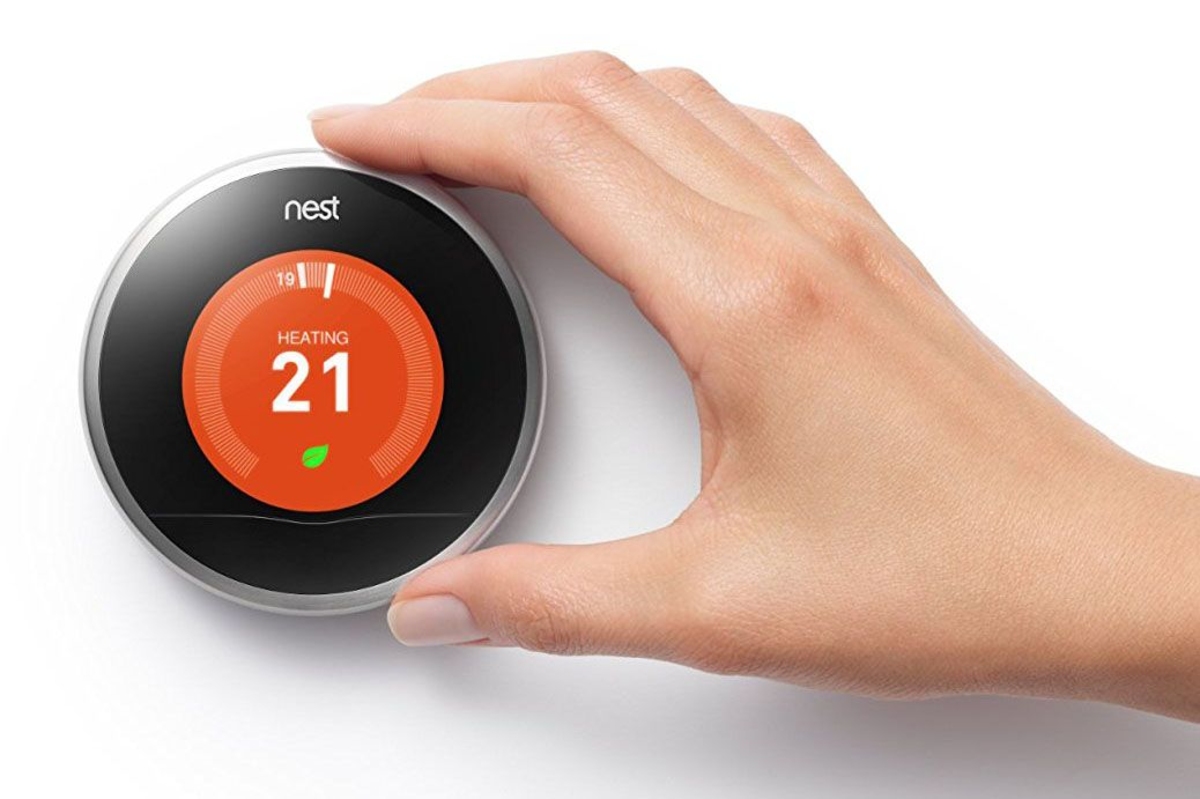

Interior Design
What Is A Smart Thermostat? And How One Could Save You Money
Modified: October 20, 2024
Learn about the benefits of a smart thermostat in interior design, including how it can save you money on energy bills.
(Many of the links in this article redirect to a specific reviewed product. Your purchase of these products through affiliate links helps to generate commission for Storables.com, at no extra cost. Learn more)
Introduction
Welcome to the world of smart thermostats! In recent years, the rise of home automation has revolutionized the way we control and manage our living spaces. One of the key advancements in this field is the introduction of smart thermostats, which not only offer convenience and comfort but also help save energy and reduce utility bills.
A smart thermostat is a cutting-edge device that allows you to control and personalize the heating, ventilation, and air conditioning (HVAC) system in your home. Unlike traditional thermostats, which require manual adjustment, smart thermostats use advanced technology and internet connectivity to automate and optimize the temperature settings in your home.
With features such as remote access, learning capabilities, and integration with other smart home devices, smart thermostats provide an unparalleled level of control and convenience. But that’s not all – these innovative devices are designed to help you save money by optimizing energy usage and reducing wasteful heating and cooling.
In this article, we will explore the world of smart thermostats, explaining how they work, the benefits they offer, and how they can help you save on your energy bills. We will also delve into the factors to consider when choosing a smart thermostat and provide some tips on maximizing cost savings. So, let’s dive in and discover the power of smart thermostats!
Key Takeaways:
- Smart thermostats offer energy savings, convenience, and sustainability through learning algorithms, scheduling options, and integration with other smart devices, making them a worthwhile investment for a greener and more comfortable home.
- To maximize cost savings with a smart thermostat, utilize adaptive learning, geofencing, and energy usage insights, while ensuring proper insulation, thermostat placement, and HVAC maintenance for optimal energy efficiency and comfort.
Read more: How To Save Money On Thermostat
Definition of a Smart Thermostat
A smart thermostat is a device that uses advanced technology to automate and optimize the heating, ventilation, and air conditioning (HVAC) system in your home. It is an intelligent and internet-connected device that allows you to control and personalize the temperature settings in your home remotely.
Unlike traditional thermostats, which require manual adjustment and have limited functionality, smart thermostats offer a wide range of features and capabilities. These devices integrate with your home’s Wi-Fi network and can be controlled through a smartphone app, a web portal, or even voice commands.
One of the key features of a smart thermostat is its ability to learn your preferences and adjust the temperature settings accordingly. This is achieved through a process called “learning algorithms,” which analyze your temperature patterns and behaviors over time. As a result, the thermostat can anticipate your needs and automatically adjust the temperature to provide optimal comfort and energy efficiency.
In addition to learning capabilities, smart thermostats often come equipped with sensors that can detect occupancy and adjust the temperature accordingly. For example, if no one is at home during the day, the thermostat can lower the temperature to save energy, and then raise it back to the desired level before you return.
Furthermore, smart thermostats offer scheduling options, allowing you to set different temperature profiles for various times of the day or week. For example, you can program the thermostat to lower the temperature during sleeping hours or when you are away, and raise it before waking up or returning home.
Another remarkable feature of smart thermostats is their ability to integrate with other smart devices in your home. This means that you can create a cohesive and interconnected smart home ecosystem, where your thermostat works in harmony with other devices such as smart lights, smart locks, and even voice assistants like Amazon Alexa or Google Assistant.
In summary, a smart thermostat is a technologically advanced device that offers convenience, energy savings, and personalized control over your home’s HVAC system. With its learning capabilities, sensor-based features, and integration options, it can provide a more comfortable and energy-efficient living environment.
How Does a Smart Thermostat Work?
Smart thermostats utilize a combination of advanced technology, internet connectivity, and intelligent algorithms to automate and optimize the operation of your home’s heating, ventilation, and air conditioning (HVAC) system.
At the core of a smart thermostat is a set of sensors that monitor the temperature and humidity levels in your home. These sensors provide real-time data to the thermostat, allowing it to make informed decisions about adjusting the temperature settings.
The thermostat is also equipped with Wi-Fi connectivity, which enables it to communicate with your smartphone, tablet, or computer via a dedicated app or web portal. This connectivity allows you to control the thermostat remotely, even when you’re away from home.
One of the key features of a smart thermostat is its learning capability. Through machine learning algorithms, the thermostat analyzes your temperature preferences and behaviors over time. It learns when you’re typically at home, what temperature settings you prefer, and when you’re away. Based on this information, the thermostat adjusts the temperature automatically to ensure optimal comfort and energy efficiency.
In addition to learning, smart thermostats often provide scheduling options. This means you can set a customized heating and cooling schedule that aligns with your daily routine. For example, you can program the thermostat to lower the temperature when you go to bed and raise it before you wake up, or you can set different temperature settings for different days of the week.
Some smart thermostats also utilize geofencing technology. By using the location information from your smartphone, the thermostat can detect when you’re approaching home and automatically start adjusting the temperature to provide a comfortable environment when you arrive.
Furthermore, many smart thermostats offer integration with other smart home devices. For example, you can connect your thermostat to smart lights, allowing the lights to automatically adjust based on the thermostat’s settings. Integration with voice assistants, such as Amazon Alexa or Google Assistant, enables you to control the thermostat using voice commands.
Smart thermostats also provide detailed energy usage reports, allowing you to monitor and analyze your energy consumption. This information can help you identify patterns, make adjustments to optimize energy usage, and ultimately save on your utility bills.
In summary, a smart thermostat works by using sensors to gather temperature and humidity data, implementing machine learning algorithms to understand your preferences and behaviors, and utilizing connectivity and integration options to provide remote control and automation. With these features, a smart thermostat ensures maximum comfort and energy efficiency in your home.
Benefits of Using a Smart Thermostat
Using a smart thermostat offers a multitude of benefits that go beyond just convenient temperature control. Let’s explore some of the key advantages of having a smart thermostat in your home:
- Energy Savings: One of the biggest advantages of a smart thermostat is its ability to save energy. With features like learning algorithms, occupancy detection, and scheduling options, a smart thermostat can optimize your HVAC system’s operation and reduce wasteful energy consumption. By automatically adjusting the temperature based on your preferences and occupancy patterns, a smart thermostat helps you avoid unnecessary heating or cooling when you’re not home, resulting in significant energy savings.
- Cost Savings: By reducing energy consumption, a smart thermostat translates into cost savings on your monthly utility bills. According to the United States Environmental Protection Agency, homeowners can save up to 10% annually on heating and cooling costs by using a programmable thermostat. With the learning capabilities and advanced optimization features of a smart thermostat, the potential for cost savings is even greater.
- Convenience and Comfort: Smart thermostats offer an unprecedented level of convenience and comfort. With remote access through smartphone apps or web portals, you can control your thermostat from anywhere. Forgot to adjust the temperature before leaving for vacation? No problem. You can simply use your smartphone to change the settings and save energy while you’re away. Additionally, smart thermostats can learn your preferences and adjust the temperature automatically to keep you comfortable throughout the day.
- Environmental Sustainability: With their energy-saving features, smart thermostats contribute to a greener and more sustainable environment. By reducing energy consumption, you are not only lowering your utility bills but also minimizing your carbon footprint. Every bit of energy saved helps in the fight against climate change and helps create a more sustainable future.
- Integration with Smart Home Devices: Smart thermostats seamlessly integrate with other smart home devices, allowing for a cohesive and interconnected ecosystem. You can connect your thermostat to smart lights, smart locks, and voice assistants, creating a synchronized environment that responds to your needs. For example, when you leave the house, the thermostat can adjust the temperature, and at the same time, the smart lights can turn off to save energy.
- Energy Usage Insights: Most smart thermostats provide energy usage reports, giving you valuable insights into your consumption patterns. These reports help you understand which settings and habits impact energy usage the most. With this information, you can make informed decisions and adjust your habits to further optimize energy efficiency.
By combining energy savings, cost savings, convenience, sustainability, integration capabilities, and energy usage insights, smart thermostats offer a range of benefits that enhance your quality of life while reducing your ecological impact. Investing in a smart thermostat is not only a wise step towards a smarter home but also a contribution towards a greener planet.
Energy-saving Features
Smart thermostats are designed to help you save energy and reduce your environmental footprint. They offer a variety of energy-saving features that contribute to both cost savings and sustainability. Let’s explore some of the key energy-saving features of smart thermostats:
- Learning Algorithms: Smart thermostats have built-in learning capabilities that allow them to adapt to your behavior and preferences. Through continuous monitoring and analysis, the thermostat learns your temperature patterns and automatically adjusts the settings to optimize energy usage. It can anticipate when you’re likely to be home and adjust the temperature accordingly, ensuring comfort while minimizing unnecessary heating or cooling.
- Occupancy Sensors: Many smart thermostats are equipped with occupancy sensors that can detect whether or not someone is present in a room or the house. When no one is detected for a certain amount of time, the thermostat will automatically adjust the temperature to an energy-saving mode or setback temperature. This feature helps avoid wasting energy on heating or cooling empty rooms.
- Scheduling Options: Smart thermostats offer scheduling options that allow you to set specific temperature profiles for different times of the day or week. You can program the thermostat to lower the temperature during sleeping hours or when you’re away at work, and raise it before you wake up or return home. This way, you can optimize energy usage based on your daily routine.
- Geofencing Technology: Some smart thermostats utilize geofencing technology, which uses the location of your smartphone to determine whether you’re home or away. When you leave a certain radius, the thermostat will automatically adjust the temperature to an energy-saving setting. As you approach home, it will adjust the temperature back to your preferred comfort level. Geofencing ensures that you never waste energy on heating or cooling an empty house.
- Weather Integration: Many smart thermostats can integrate with weather forecasts to further optimize energy usage. By considering the weather conditions, the thermostat can adjust the temperature in advance to compensate for changes in external temperature. For example, it may lower the temperature before a hot day to reduce the need for excessive cooling or raise the temperature before a cold day to minimize heating needs.
- Usage Reports and Insights: Smart thermostats provide detailed energy usage reports and insights that give you a clear understanding of your consumption patterns. These reports help you identify areas where you can further optimize energy usage and make informed decisions for greater efficiency. You can analyze which settings and habits have the most significant impact on energy consumption and adjust accordingly.
By utilizing these energy-saving features, smart thermostats help you reduce energy waste, lower your utility bills, and contribute to a more sustainable world. The combination of learning algorithms, occupancy sensors, scheduling options, geofencing technology, weather integration, and energy usage reports ensures that your HVAC system operates efficiently and effectively without compromising comfort.
Cost Savings with a Smart Thermostat
One of the major advantages of using a smart thermostat is the potential for significant cost savings on your energy bills. These devices are specifically designed to optimize energy usage and reduce wasteful heating and cooling. Let’s explore how a smart thermostat can help you save money:
- Energy Efficiency: By utilizing advanced features like learning algorithms, occupancy sensors, and scheduling options, smart thermostats ensure that your HVAC system operates in the most energy-efficient manner. They can automatically adjust the temperature based on your preferences and occupancy patterns, avoiding unnecessary heating or cooling when you’re not home. This energy efficiency translates directly into cost savings on your energy bills.
- Reduced Energy Waste: Traditional thermostats often result in energy waste due to human error or forgetfulness. For example, you may forget to adjust the temperature before leaving the house or constantly override the schedule settings. Smart thermostats eliminate these issues by automatically adjusting the temperature based on your routine and real-time occupancy, ensuring you don’t waste energy on heating or cooling an empty home.
- Customized Scheduling: Smart thermostats offer flexible scheduling options, allowing you to customize temperature settings according to your daily routine. You can program the thermostat to lower the temperature during sleeping hours or when you’re at work and raise it before you wake up or return home. This targeted approach to heating and cooling ensures that you only use energy when needed, resulting in cost savings.
- Remote Access: With smart thermostats, you have remote access to control your HVAC system from anywhere using your smartphone or computer. This means that if you forget to adjust the temperature settings before leaving for an extended period, you can simply use the mobile app to make the necessary adjustments and avoid unnecessary energy consumption. Remote access ensures that you always have control over your energy usage, even when you’re not at home.
- Energy Usage Insights: Many smart thermostats provide detailed reports and insights into your energy consumption patterns. These reports help you understand which settings and habits have the most significant impact on energy usage. Armed with this knowledge, you can make informed decisions to further optimize energy efficiency, resulting in long-term cost savings.
- Utility Incentives: Some utility companies offer incentives and rebates for homeowners who install and use smart thermostats. These incentives can help offset the initial cost of purchasing and installing the device. Additionally, using a smart thermostat may make you eligible for energy-saving programs that provide further discounts on your utility bills.
By utilizing the energy-saving features and capabilities of a smart thermostat, you can significantly reduce your energy consumption and save money on your monthly utility bills. Over time, the cost savings can add up, making a smart thermostat a worthwhile investment for both your wallet and the environment.
A smart thermostat can save you money by automatically adjusting the temperature based on your schedule and habits, reducing energy waste and lowering your utility bills.
Factors to Consider When Choosing a Smart Thermostat
When choosing a smart thermostat for your home, there are several factors to consider to ensure that you select the right device that suits your needs. Let’s explore some key factors that should be taken into consideration:
- Compatibility: Before purchasing a smart thermostat, it’s essential to check its compatibility with your existing HVAC system. Make sure the thermostat is compatible with your heating and cooling equipment, as well as any additional components such as humidifiers or dehumidifiers. You can usually find this information on the manufacturer’s website or by consulting a professional HVAC technician.
- User Interface: Consider the user interface of the smart thermostat. Some thermostats have physical buttons and a small screen, while others have a touch screen or are controlled entirely through a smartphone app. Choose a user interface that you find intuitive and easy to navigate, ensuring that you can easily adjust settings and access features.
- Features and Functionality: Explore the features and functionality offered by different smart thermostats. Consider whether you want learning capabilities, occupancy sensors, scheduling options, geofencing technology, or integration with other smart home devices. Identify the features that are most important to you and ensure that the thermostat you choose provides them.
- Connectivity and Integration: Check the connectivity options of the smart thermostat. Most smart thermostats connect to your home’s Wi-Fi network, allowing you to control and monitor the thermostat remotely through a smartphone app or web portal. Also, consider whether the thermostat integrates with other smart devices you already have or plan to have in your home, such as voice assistants or smart lighting systems.
- Energy Reports and Insights: Look for smart thermostats that provide detailed energy usage reports and insights. These reports can help you understand your energy consumption patterns and make informed decisions to optimize efficiency. Some thermostats even provide energy-saving tips based on your usage data.
- Support and Compatibility: Check the manufacturer’s support options and ensure that the smart thermostat is compatible with the operating system of your smartphone or computer. You want to make sure that you can easily get assistance if any issues arise and that the thermostat can be seamlessly integrated into your digital ecosystem.
- Design and Aesthetics: Consider the design and aesthetics of the smart thermostat. It will be a visible part of your home, so choose a device that fits your style and blends well with your interior décor. Some thermostats offer interchangeable faceplates or customizable display options, allowing you to personalize its appearance.
- Price and Budget: Smart thermostats come in a wide range of prices, so consider your budget when making a selection. Keep in mind that more advanced features may come with a higher price tag. However, consider the long-term cost savings that the thermostat can provide through energy efficiency, as this may outweigh the initial investment.
By considering these factors, you can make an informed decision when choosing a smart thermostat that aligns with your specific requirements and preferences. Remember to check compatibility, evaluate the user interface and features, consider connectivity and integration options, review energy reports, assess support and compatibility, take aesthetics into account, and stay within your budget. With the right smart thermostat, you can enhance comfort, save energy, and enjoy the convenience of a connected and optimized home environment.
Installation and Set-up Process
The installation and set-up process of a smart thermostat may vary depending on the specific model and your HVAC system. However, here is a general overview of the steps involved in setting up a smart thermostat:
- Prepare: Before starting the installation process, make sure to turn off the power to your HVAC system at the circuit breaker. This is crucial for safety reasons and to avoid potential damage to the equipment.
- Remove the Old Thermostat: If you have an existing thermostat, carefully remove it from the wall. Disconnect the wires from the terminals and make note of their colors and corresponding labels. It’s important to ensure that you correctly identify the wires for proper connection to the new smart thermostat.
- Mount the New Thermostat: Follow the manufacturer’s instructions to mount the new smart thermostat on the wall. Use a level to ensure that it is straight. Most thermostats come with a mounting plate that needs to be secured to the wall, and then the thermostat attaches to the plate.
- Connect the Wires: Connect the wires from your HVAC system to the corresponding terminals on the smart thermostat. Match the labeled wires with the appropriate terminals, ensuring a secure connection. Some thermostats require you to insert the wires into the terminals, while others use a screwdriver to secure the wires.
- Connect to Wi-Fi: Power on the thermostat and follow the on-screen prompts to connect it to your home’s Wi-Fi network. You may need to download the manufacturer’s app on your smartphone to complete the setup process and connect the thermostat to your network. This will enable remote access and control of the thermostat through the app or web portal.
- Set Up Preferences: Once connected to Wi-Fi, the smart thermostat will guide you through the initial set-up process. This typically involves entering your location and preferred temperature settings. Some thermostats have learning capabilities and will adapt to your behavior over time, while others may require manual programming of temperature preferences.
- Test and Configure: After completing the set-up process, test the thermostat to ensure it is functioning correctly. Check if the thermostat displays the current temperature accurately and that it responds appropriately when adjusting the temperature settings. Make any necessary adjustments to calibration or configuration settings to personalize the thermostat’s behavior to your specific needs.
- Explore Additional Features: Take the time to familiarize yourself with the additional features and capabilities of your smart thermostat. This may include setting up scheduling options, exploring energy reports and insights, and integrating the thermostat with other smart home devices if desired. Refer to the thermostat’s user manual or online resources for detailed instructions on utilizing all the functions.
It’s important to note that while the installation process of a smart thermostat can often be done by homeowners, some complex HVAC systems may require professional installation. If you’re unsure or uncomfortable with the installation process, it’s always best to consult a qualified HVAC technician to ensure proper installation and avoid any potential damage to your HVAC system.
Overall, with a bit of time and attention to detail, you can successfully install and set up a smart thermostat to enjoy the convenience, energy savings, and comfort it offers in your home.
Smart Thermostat Integration with Other Smart Home Devices
One of the major advantages of a smart thermostat is its ability to integrate seamlessly with other smart home devices, creating a cohesive and interconnected ecosystem. This integration allows for enhanced convenience, automation, and control over your home’s environment. Let’s explore how smart thermostats can integrate with other smart home devices:
- Smart Lights: By integrating your smart thermostat with smart lighting systems, you can create a synchronized environment that responds to your needs. For example, when the thermostat detects that you’ve left the house, it can lower the temperature and simultaneously turn off the lights to save energy. Conversely, when you return home, it can raise the temperature and turn on the lights to welcome you.
- Voice Assistants: Many smart thermostats are compatible with popular voice assistants, such as Amazon Alexa, Google Assistant, or Apple HomeKit. This integration allows you to control the thermostat using voice commands. You can simply say, “Alexa, set the temperature to 72 degrees,” and the thermostat will adjust accordingly. Voice control adds convenience and hands-free operation to your smart home system.
- Smart Door Locks: Integrating your smart thermostat with smart door locks can optimize energy usage and increase security. For example, when you lock your door as you leave, the thermostat can go into an energy-saving mode. Conversely, when you unlock the door to return home, the thermostat can adjust the temperature to your desired comfort level, ensuring a welcoming environment.
- Smart Window Coverings: Some smart thermostats can communicate with motorized window coverings to optimize energy efficiency. When the thermostat detects excessive heat gain or loss from windows, it can automatically close or open the blinds or shades to maintain a comfortable temperature. Integrating smart window coverings with your thermostat helps regulate indoor temperatures and reduces the load on your HVAC system.
- Home Security Systems: Integrating your smart thermostat with a home security system can provide enhanced control and security. For example, if the security system detects a burglary attempt, it can trigger the thermostat to shut off the HVAC system to prevent the intruder from gaining access to the house through ductwork. This integration adds an extra layer of protection to your home.
- Smart Plugs and Power Strips: Connecting your smart thermostat with smart plugs or power strips allows you to extend its reach to other devices or appliances. For instance, you can connect a fan or space heater to a smart plug and set it to turn on or off based on temperature thresholds set by the thermostat. This integration provides additional control and automation for optimizing comfort and energy usage.
- Smart Smoke Detectors: Integrating your smart thermostat with smart smoke detectors creates a safer and more efficient home environment. When the smoke detector detects smoke or fire, it can communicate with the thermostat to automatically turn off the HVAC system, preventing the spreading of smoke and potentially limiting the fire’s oxygen supply.
The possibilities for smart thermostat integration with other smart home devices are extensive and continue to expand as technology advances. By leveraging these integrations, you can create a truly smart and connected living space that enhances comfort, convenience, energy efficiency, and overall home automation.
Read more: How To Save Money On Home Renovation
Tips for Maximizing Cost Savings
While smart thermostats are designed to optimize energy usage and save you money, there are several additional steps you can take to maximize cost savings. Here are some valuable tips to help you get the most out of your smart thermostat:
- Program Temperature Schedules: Take advantage of your smart thermostat’s scheduling capabilities. Program temperature schedules based on your daily routines, lowering the temperature when you’re away during the day or sleeping and raising it before you wake up or return home. By adjusting the temperature according to your needs, you can reduce unnecessary energy consumption.
- Utilize Adaptive Learning: If your smart thermostat has adaptive learning capabilities, allow it to learn your temperature preferences and behaviors over time. The thermostat will automatically adjust the temperature based on your patterns, ensuring optimal comfort and energy efficiency. Regularly reviewing and refining your preferences in the thermostat settings can enhance its learning capabilities and further optimize energy savings.
- Take Advantage of Geofencing: If your smart thermostat has geofencing technology, enable it to detect when you’re leaving home or approaching it. Geofencing allows the thermostat to adjust the temperature settings based on your proximity, helping avoid unnecessary heating or cooling when you’re not at home. This feature ensures energy savings without sacrificing comfort.
- Monitor and Analyze Energy Usage: Pay attention to the energy usage reports and insights provided by your smart thermostat’s app or web portal. Review how your consumption changes over time and identify any energy-wasting patterns. Use this information to make adjustments to your temperature schedules and habits to further optimize energy efficiency.
- Ensure Proper Insulation: Ensure that your home is properly insulated to prevent energy loss. Insulation plays a critical role in maintaining a comfortable indoor temperature and reducing the load on your HVAC system. By sealing air leaks, adding insulation to walls and attics, and using weatherstripping on doors and windows, you can significantly improve energy efficiency and reduce heating and cooling costs.
- Optimize Thermostat Placement: Ensure that your smart thermostat is properly placed for accurate temperature readings. Avoid installing it near drafts, direct sunlight, or heat sources that can affect temperature readings and cause your HVAC system to work harder than necessary. The ideal placement is in a central location away from any potential interference, ensuring it accurately reflects the overall temperature of your home.
- Regularly Maintain Your HVAC System: Keep your HVAC system well-maintained to ensure optimal performance. Schedule regular maintenance checks, clean or replace air filters as needed, and inspect ductwork for leaks. A properly maintained HVAC system operates more efficiently, reducing energy consumption and maximizing cost savings.
- Take Advantage of Utility Programs: Check with your utility provider to see if they offer any energy-saving programs or incentives for using a smart thermostat. Some utility companies provide rebates or discounts to customers who install and use energy-saving devices. Take advantage of these programs to maximize your cost savings.
By following these tips, you can optimize the energy-saving capabilities of your smart thermostat and maximize your cost savings. Remember to program temperature schedules, utilize adaptive learning and geofencing features, monitor energy usage, ensure proper insulation and thermostat placement, maintain your HVAC system, and explore utility programs. These steps, combined with the smart features of your thermostat, will help you achieve significant cost savings while maintaining a comfortable and sustainable living environment.
Conclusion
Smart thermostats have transformed the way we control and optimize our home’s heating and cooling systems. With their advanced technology, energy-saving features, and integration capabilities, these devices offer convenience, comfort, and significant cost savings.
By utilizing learning algorithms, occupancy sensors, scheduling options, and geofencing technology, smart thermostats can optimize energy usage, reducing wasteful heating or cooling when you’re not home. This not only leads to a greener and more sustainable environment but also translates into tangible cost savings on your monthly utility bills.
Furthermore, the integration of smart thermostats with other smart home devices allows for a cohesive and interconnected ecosystem. Whether it’s connecting with smart lights, voice assistants, smart door locks, or even smart window coverings, the ability to create a synchronized environment enhances convenience, automation, and energy efficiency.
To maximize cost savings with your smart thermostat, consider programming temperature schedules, taking advantage of adaptive learning, using geofencing features, monitoring and analyzing energy usage reports, ensuring proper insulation, optimizing thermostat placement, regularly maintaining your HVAC system, and exploring utility programs. These steps, combined with the energy-saving capabilities of your thermostat, can help you achieve the maximum potential savings.
In conclusion, smart thermostats are not only a luxurious addition to your home but also a wise investment that pays off in terms of comfort, energy efficiency, and cost savings. By making your heating and cooling system smarter and more intuitive, smart thermostats contribute to a more sustainable future while providing you with greater control and convenience over your home’s environment. Embrace the power of smart thermostats and unlock the potential for energy savings and a more comfortable living space.
Frequently Asked Questions about What Is A Smart Thermostat? And How One Could Save You Money
Was this page helpful?
At Storables.com, we guarantee accurate and reliable information. Our content, validated by Expert Board Contributors, is crafted following stringent Editorial Policies. We're committed to providing you with well-researched, expert-backed insights for all your informational needs.
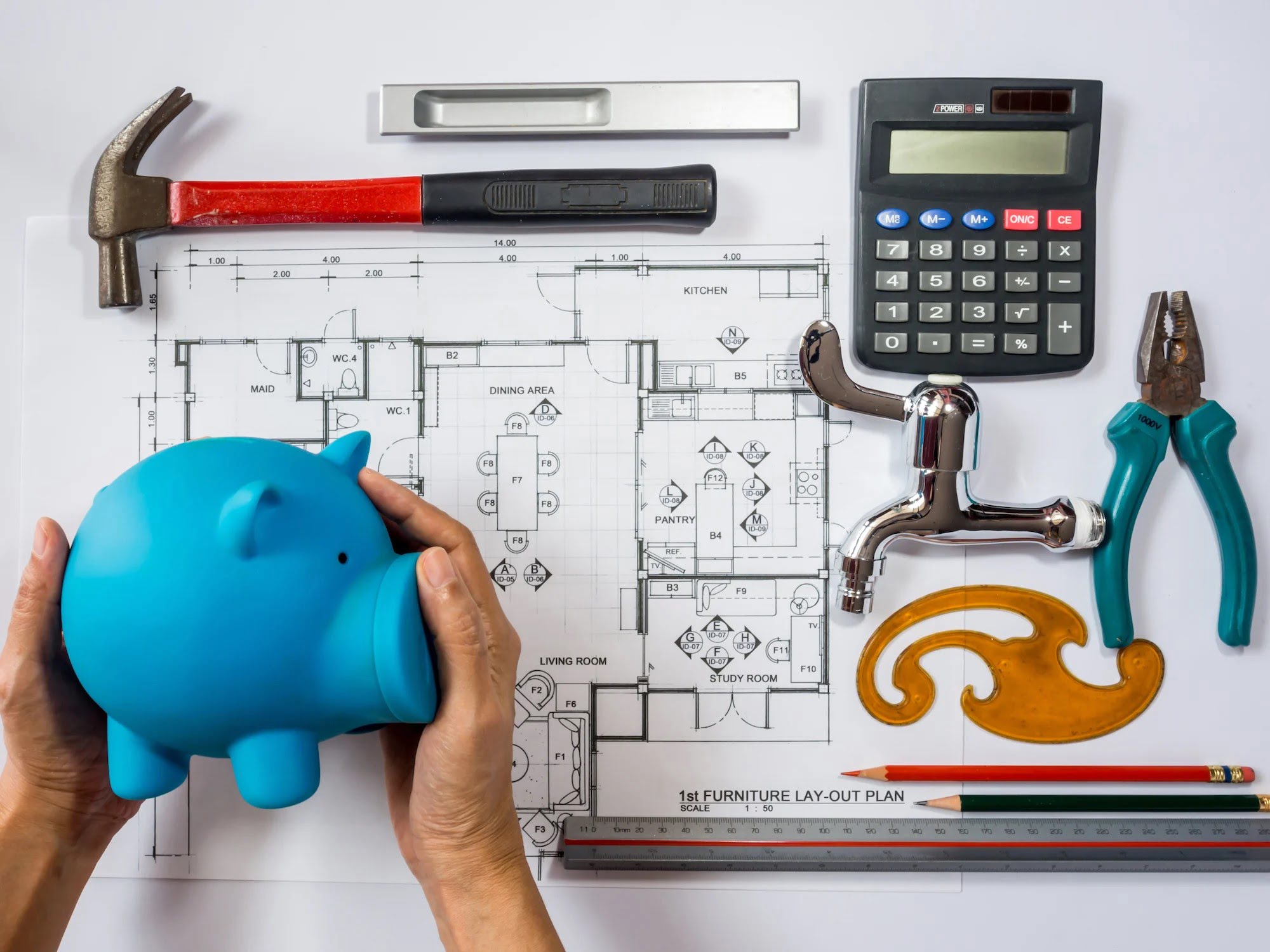


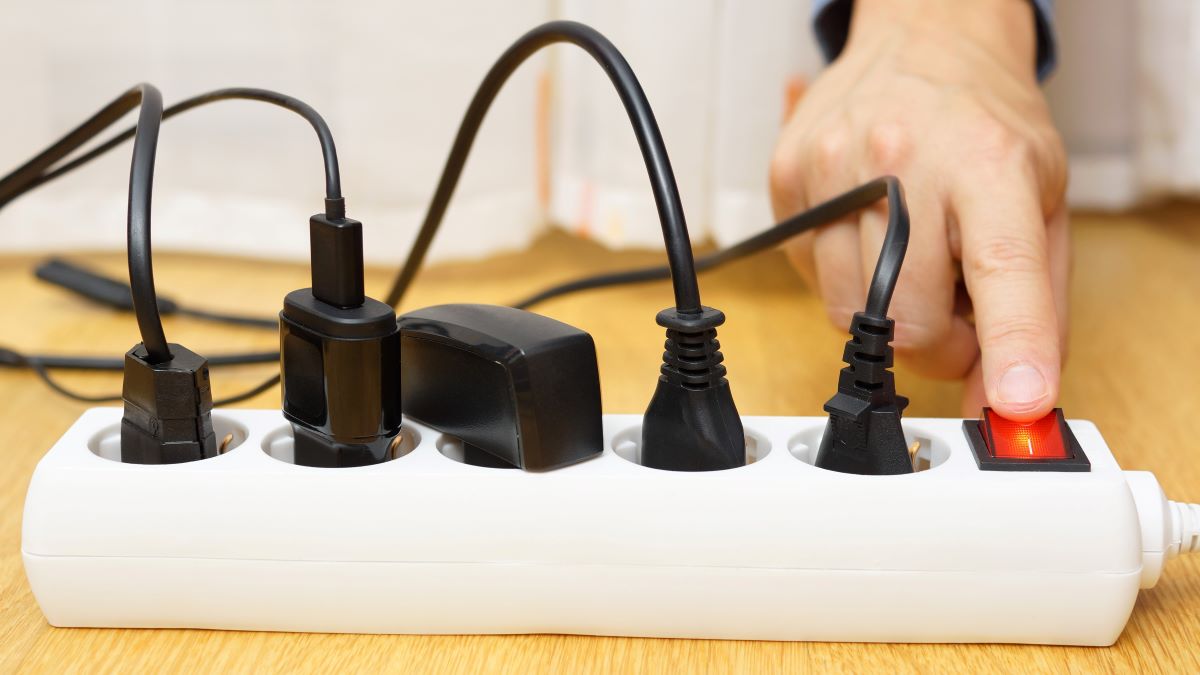

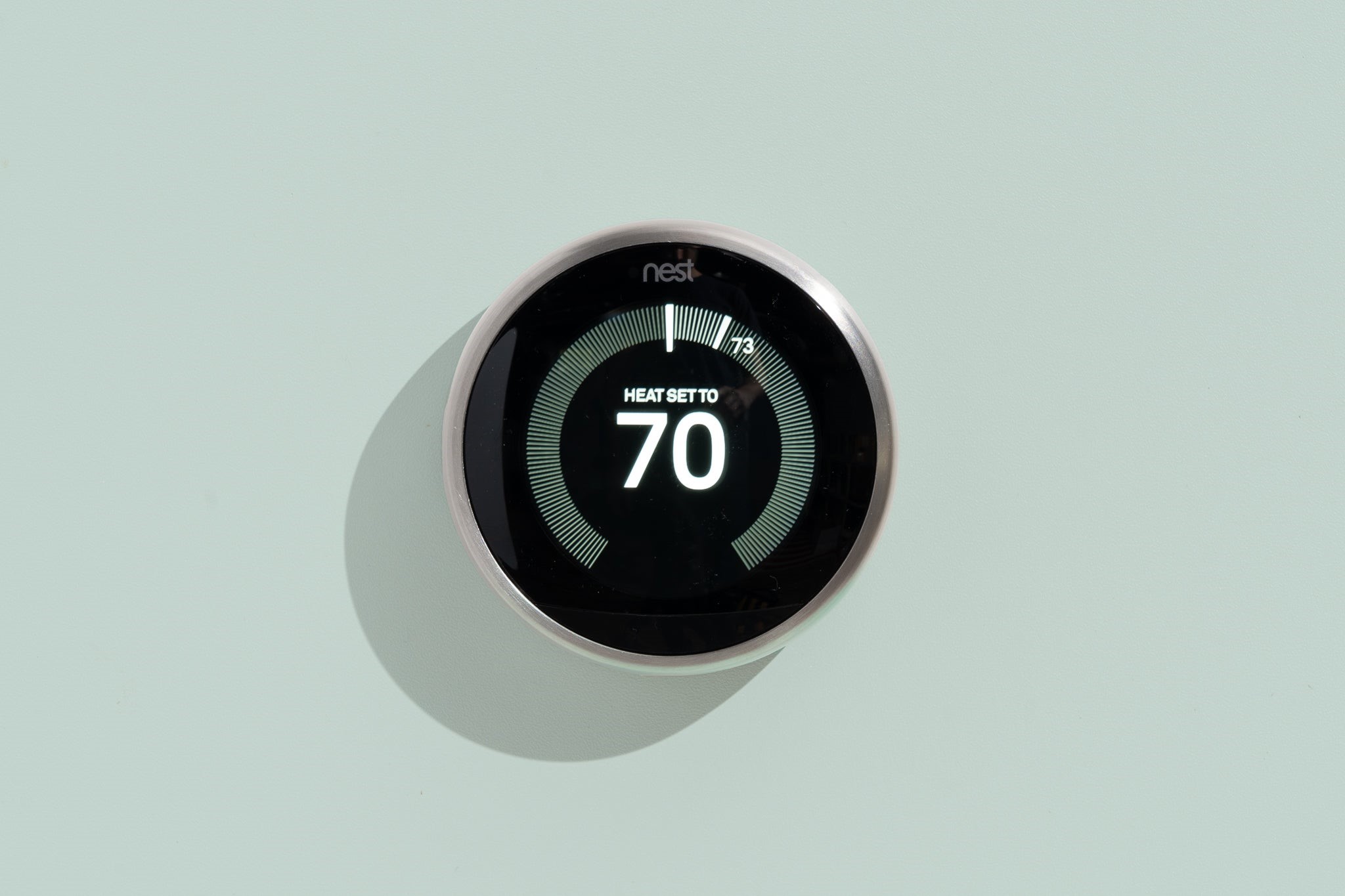
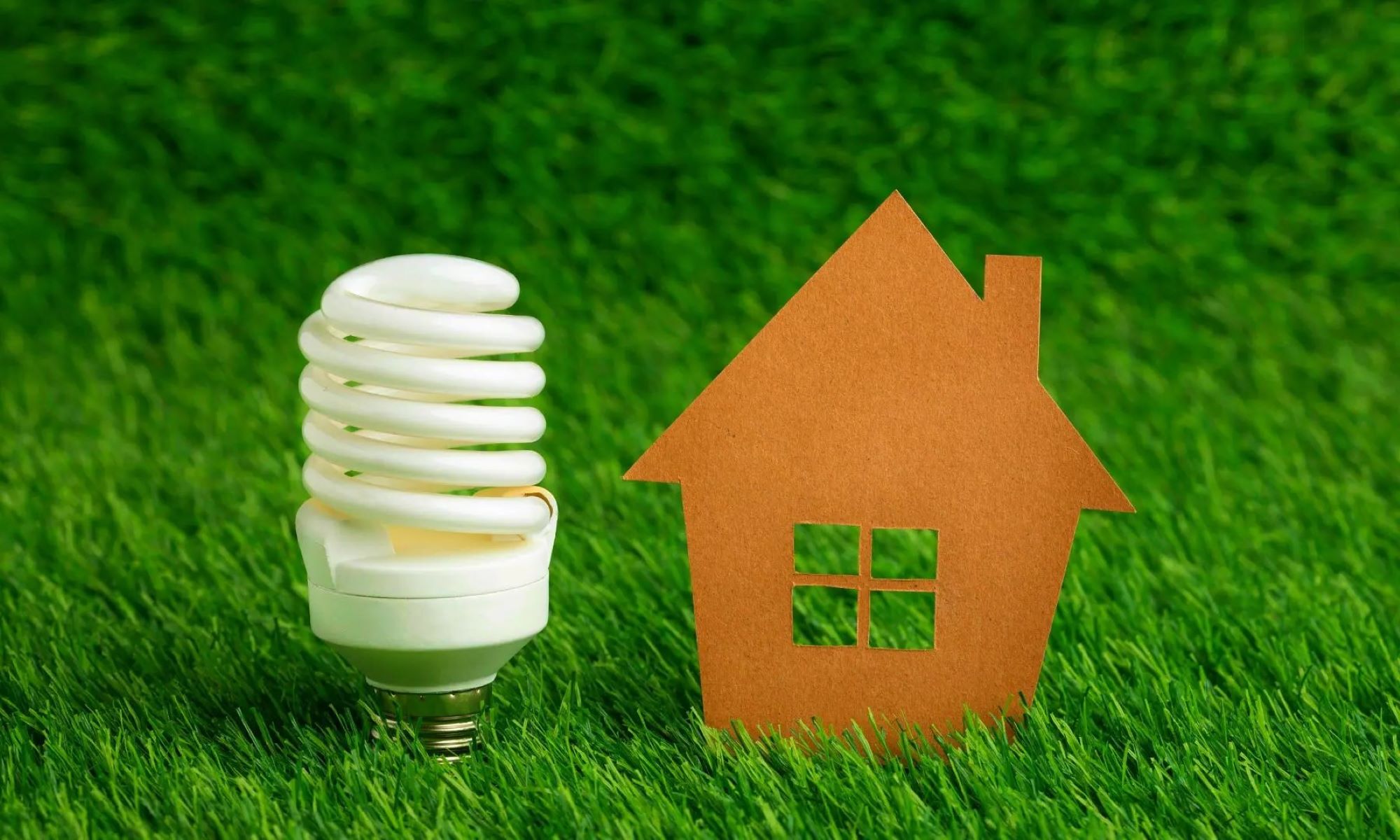

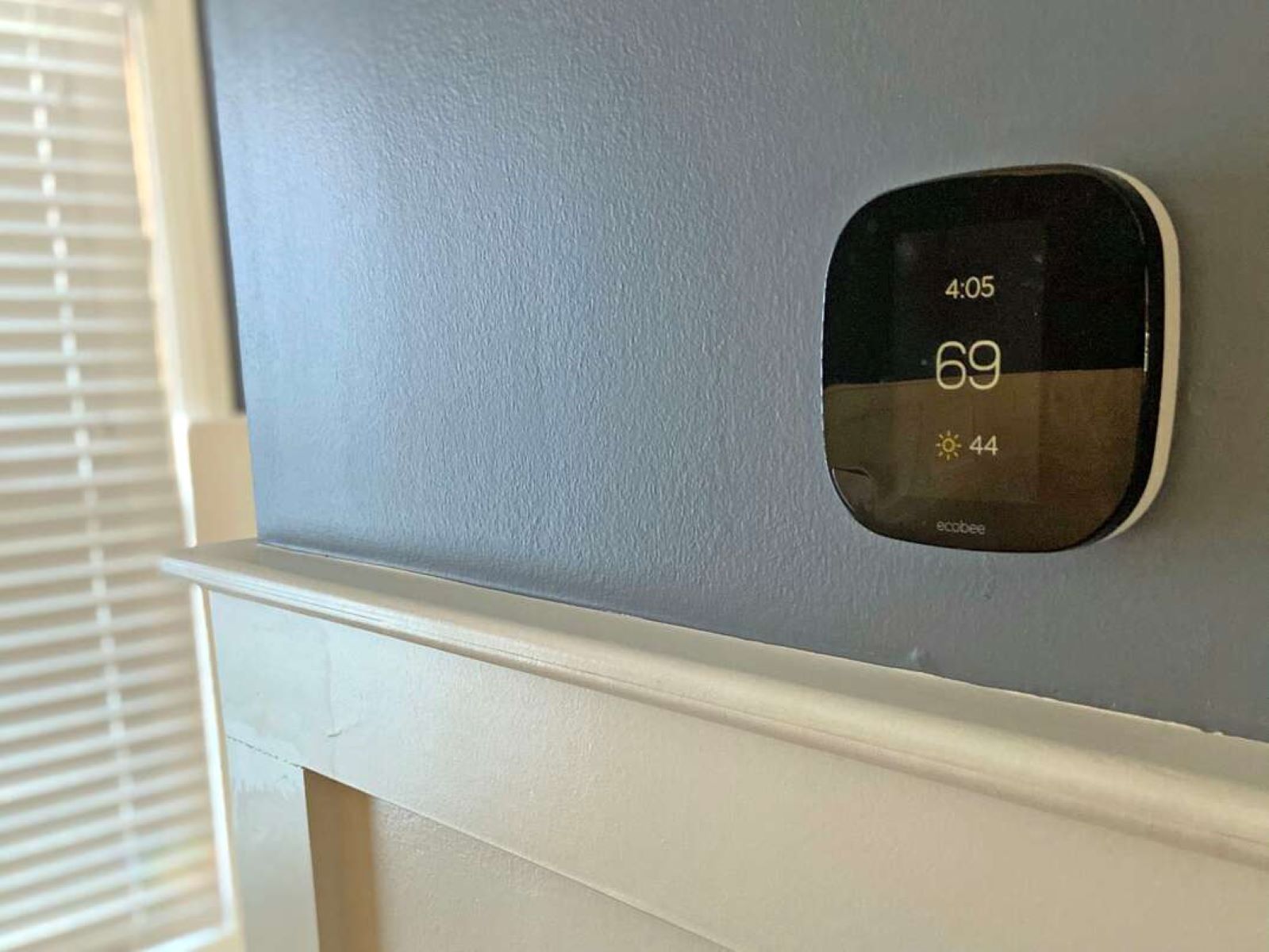
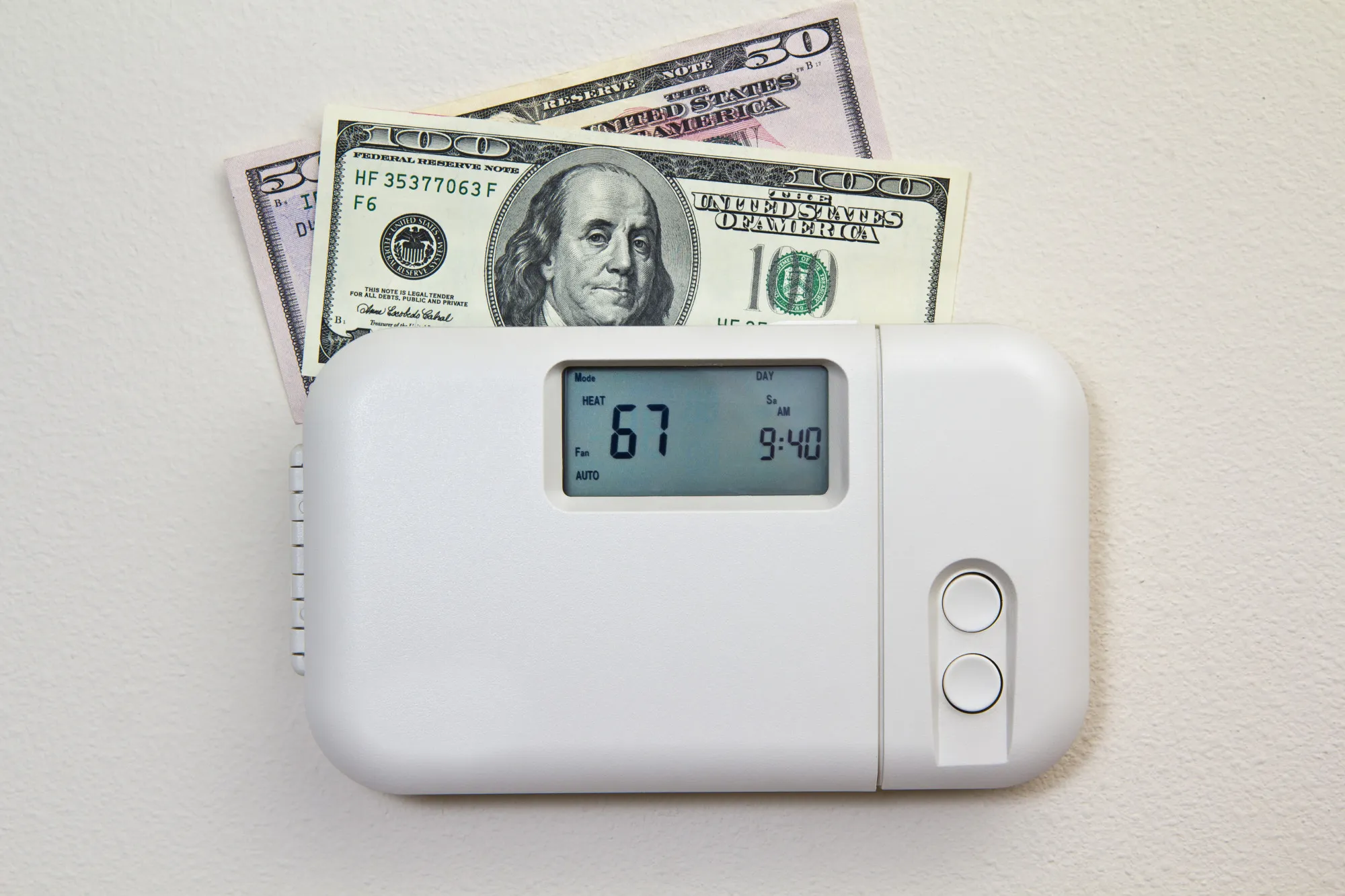


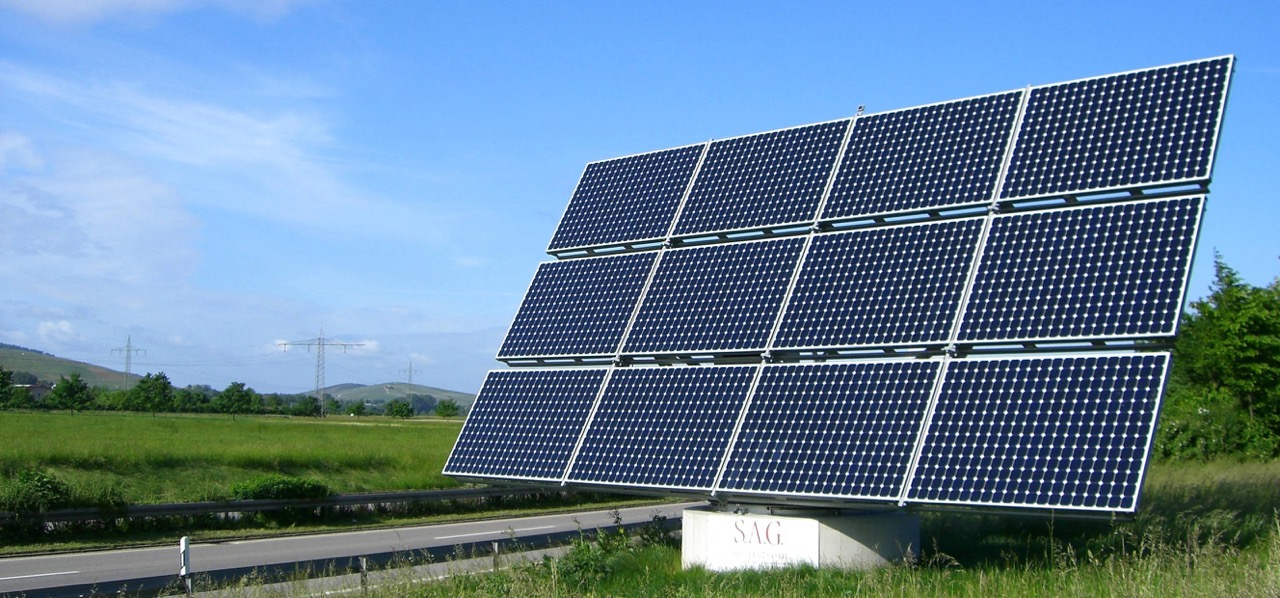

0 thoughts on “What Is A Smart Thermostat? And How One Could Save You Money”